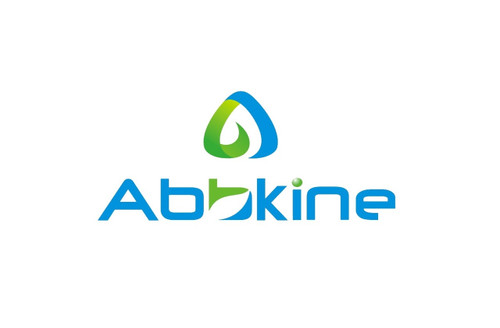Product Description
Human Securin-2 (PTTG2) ELISA Kit | AE25014HU | Abebio
Species Reactivity: Human (Homo sapiens)
Abbreviation: PTTG2
Alternative Name: N/A
Application: ELISA
Range: Request Information
Sensitivity: Request Information
Intra-Assay: ≤5.3%
Inter-Assay: ≤7.7%
Recovery: 1, 11
Sample Type: Serum, Plasma, Other biological fluids
Detection Method: Sandwich
Analysis Method : Quantitive
Test Principale: This assay employs a two-site sandwich ELISA to quantitate PTTG2 in samples. An antibody specific for PTTG2 has been pre-coated onto a microplate. Standards and samples are pipetted into the wells and anyPTTG2 present is bound by the immobilized antibody. After removing any unbound substances, a biotin-conjugated antibody specific for PTTG2 is added to the wells. After washing, Streptavidin conjugated Horseradish Peroxidase (HRP) is added to the wells. Following a wash to remove any unbound avidin-enzyme reagent, a substrate solution is added to the wells and color develops in proportion to the amount of PTTG2 bound in the initial step. The color development is stopped and the intensity of the color is measured.
Product Overview: PTTG2 is a homolog of yeast securin proteins, which prevent separins from promoting sister chromatid separation. It is an anaphase-promoting complex (APC) substrate that associates with a separin until activation of the APC. During the course of studies mapping the PTTG1 gene to 5q33, Prezant et al. (1999) found evidence for a related intronless gene, which they referred to as PTTG2, on chromosome 4. They stated that PTTG1 and PTTG2 are highly conserved at both the nucleotide and amino acid levels, including the potential SH3 binding domain. They found low-level PTTG2 expression in normal pituitary and in some other normal tissues, and moderately elevated expression in some pituitary tumors. By radiation hybrid mapping, Prezant et al. (1999) mapped the PTTG2 gene to human chromosome 4p12.
Stability: The stability of ELISA kit is determined by the loss rate of activity. The loss rate of this kit is less than 5% within the expiration date under appropriate storage condition. The loss rate was determined by accelerated thermal degradation test. Keep the kit at 37°C for 4 and 7 days, and compare O.D.values of the kit kept at 37°C with that of at recommended temperature. (referring from China Biological Products Standard, which was calculated by the Arrhenius equation. For ELISA kit, 4 days storage at 37°C can be considered as 6 months at 2 - 8°C, which means 7 days at 37°C equaling 12 months at 2 - 8°C) .
 Euro
Euro
 USD
USD
 British Pound
British Pound
 NULL
NULL








